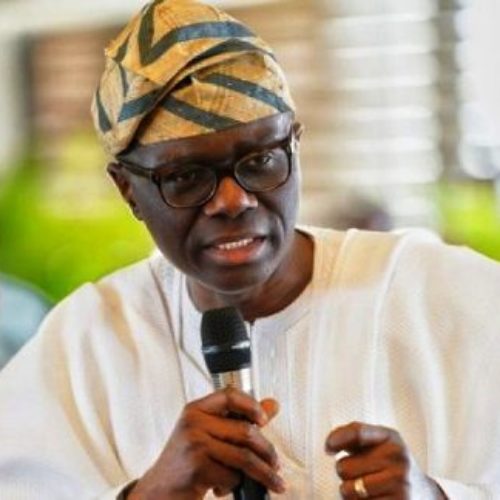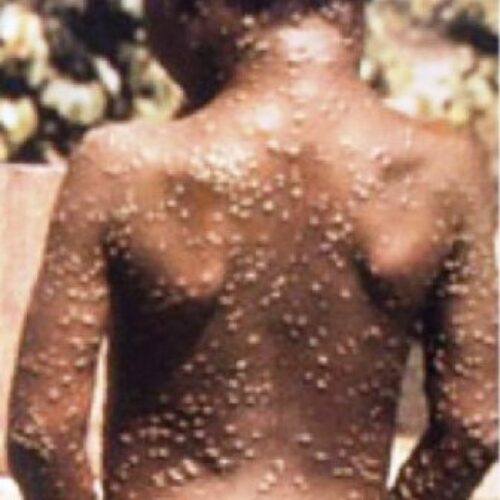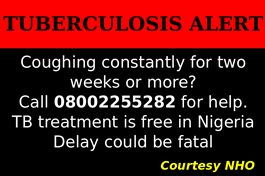partners launch new strategy to strengthen malaria control
The World Health Organization (WHO) and partners have launched new country-led response “to put stalled malaria control efforts back on track.”
In a release on Monday, WHO said the launch was borne out of 2018 World Malaria Report which showed that reduction of malaria burden across the globe had been stagnated in the past two years.
WHO Director-General, Dr Tedros Adhanom Ghebreyesus, made a call for the new strategy now tagged “high burden to high impact” at the World Health Assembly in May 2018.
He called for an aggressive new approach to jump-start progress against malaria, which is based on four pillars namely: galvanizing national and global political attention to reduce malaria deaths; driving impact through the strategic use of information; establishing best global guidance, policies and strategies suitable for all malaria endemic countries; and implementing a coordinated country response, according to the release.
Catalyzed by WHO and the RBM Partnership to End Malaria, “High burden to high impact” builds on the principle that no one should die from a disease that can be easily prevented and diagnosed, and that is entirely curable with available treatments.
WHO said targets set by the its Global technical strategy for malaria 2016–2030 to reduce malaria case incidence and death rates by at least 40 percent by 2020 are not on track to being met.
“For the second consecutive year, the annual report produced by WHO reveals a plateauing in numbers of people affected by malaria: in 2017, there were an estimated 219 million cases of malaria, compared to 217 million the year before. But in the years prior, the number of people contracting malaria globally had been steadily falling, from 239 million in 2010 to 214 million in 2015,” the organization said.
“In 2017, approximately 70% of all malaria cases (151 million) and deaths (274 000) were concentrated in 11 countries: 10 in Africa (Burkina Faso, Cameroon, “Democratic Republic of the Congo, Ghana, Mali, Mozambique, Niger, Nigeria, Uganda and United Republic of Tanzania) and India. There were 3.5 million more malaria cases reported in these 10 African countries in 2017 compared to the previous year, while India, however, showed progress in reducing its disease burden.
“Despite marginal increases in recent years in the distribution and use of insecticide-treated bed nets in sub-Saharan Africa – the primary tool for preventing malaria – the report highlights major coverage gaps. In 2017, an estimated half of at-risk people in Africa did not sleep under a treated net. Also, fewer homes are being protected by indoor residual spraying than before, and access to preventive therapies that protect pregnant women and children from malaria remains too low,” part of the statement noted.
There are however some pockets of progress, according to the organization. The number of countries nearing elimination continues to grow (46 in 2017 compared to 37 in 2010).
In China and El Salvador, where malaria had long been endemic, no local transmission of malaria was reported in 2017, proof that intensive, country-led control efforts can succeed in reducing the risk people face from the disease, WHO said.
It furthered that in 2018, it certified Paraguay as malaria free, the first country in the Americas to receive this status in 45 years. Three other countries, Algeria, Argentina and Uzbekistan, it said, had requested official malaria-free certification from it.
“India – a country that represents 4% of the global malaria burden – recorded a 24% reduction in cases in 2017 compared to 2016. Also in Rwanda, 436 000 fewer cases were recorded in 2017 compared to 2016. Ethiopia and Pakistan both reported marked decreases of more than 240 000 in the same period.
“When countries prioritize action on malaria, we see the results in lives saved and cases reduced,” says Dr Matshidiso Moeti, WHO Regional Director for Africa. “WHO and global malaria control partners will continue striving to help governments, especially those with the highest burden, scale up the response to malaria,” the organization noted.
It however expressed concerns over funding. “As reductions in malaria cases and deaths slow, funding for the global response has also shown a levelling off, with US$ 3.1 billion made available for control and elimination programmes in 2017 including US$ 900 million (28%) from governments of malaria endemic countries. The United States of America remains the largest single international donor, contributing US$ 1.2 billion (39%) in 2017.
“To meet the 2030 targets of the global malaria strategy, malaria investments should reach at least US$6.6 billion annually by 2020 – more than double the amount available today,” it said.
About author
You might also like
Lagosians to enjoy improved healthcare
… as Sanwo-Olu commissions 6 medical projects at LASUTH Residents of Lagos will start enjoying an improved healthcare services in the state. This is as the Governor of the state,
Europe, Africa partner to develop next-generation antimalarial drug\
Trials to be conducted in Burkina Faso, Gabon, Mali and Niger BAMAKO, Mali – The European & Developing Countries Clinical Trials Partnership (EDCTP) has granted new funding of €10m over
Edo intensifies response to contain monkeypox
Patients recount experience After four days of complaining of fever, headache, fatigue and cough, 40 year-old Mr V Ehosa (not real name), a land seller residing in Benin, Edo State,






0 Comments
No Comments Yet!
You can be first to comment this post!